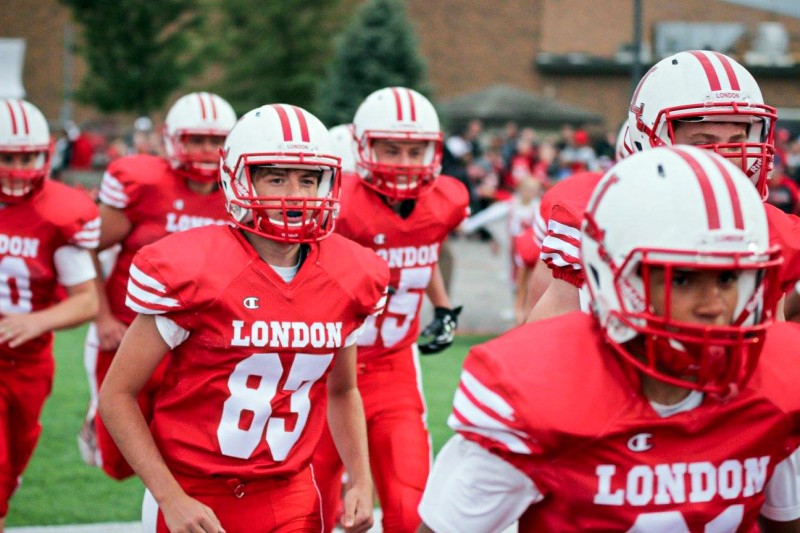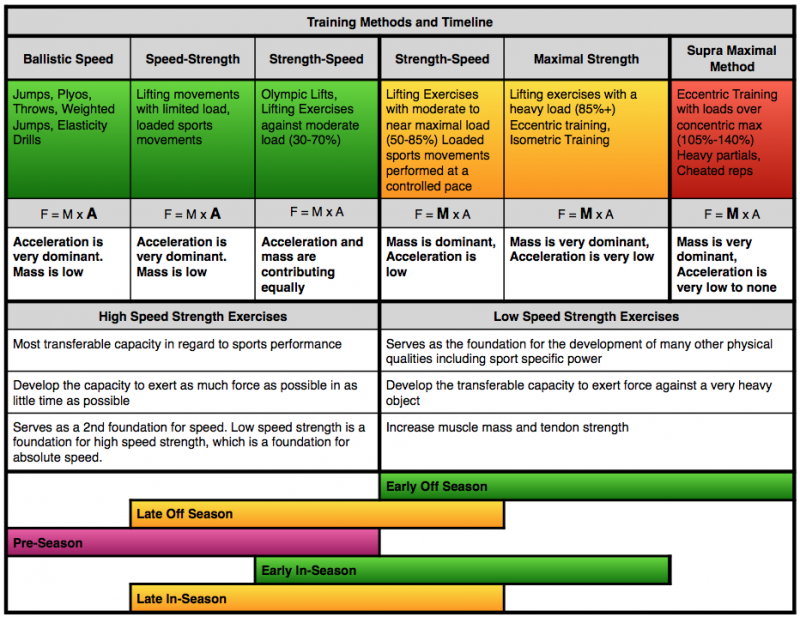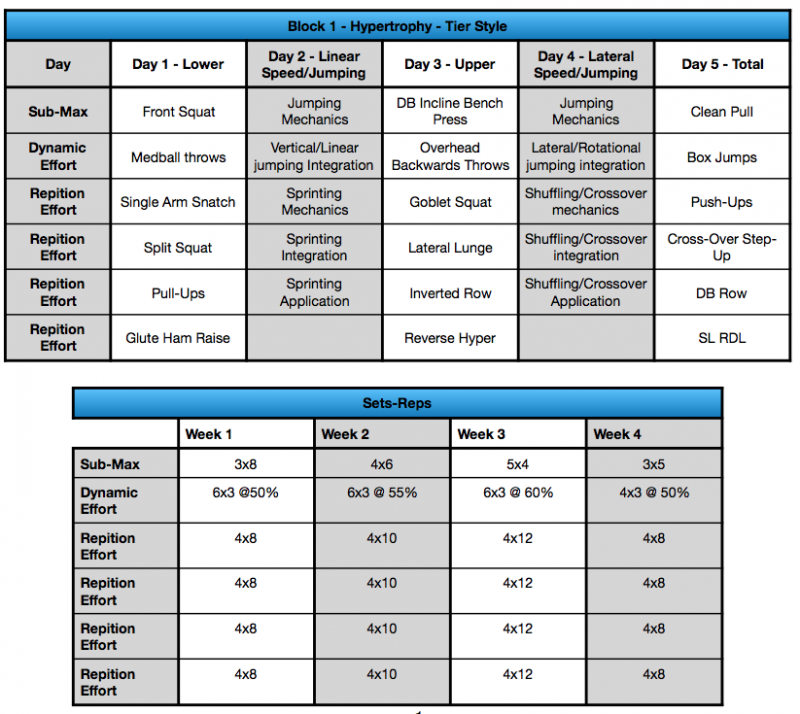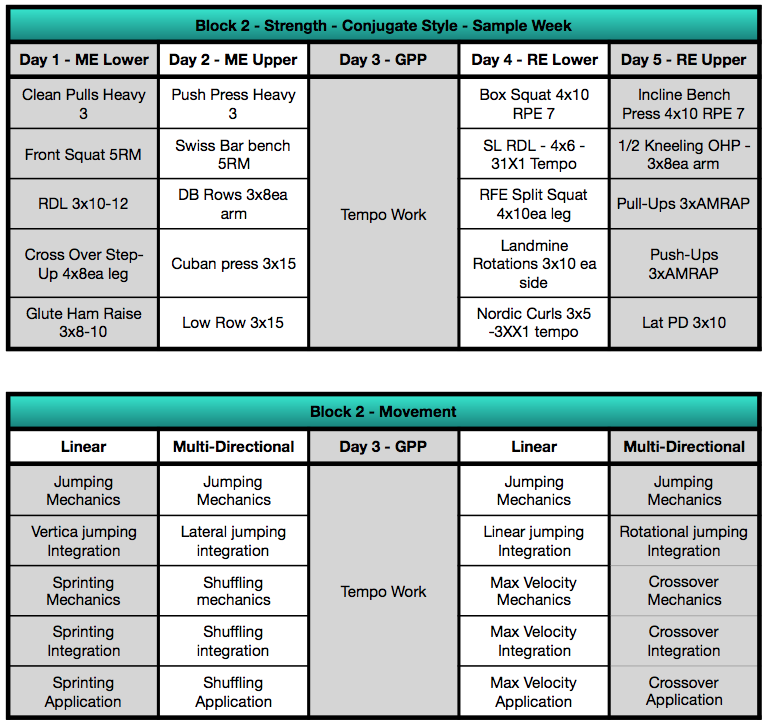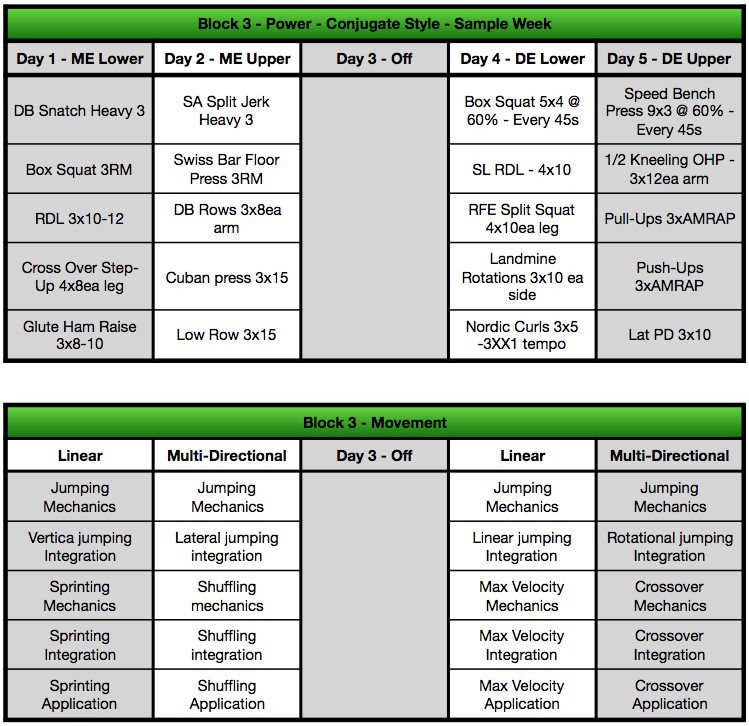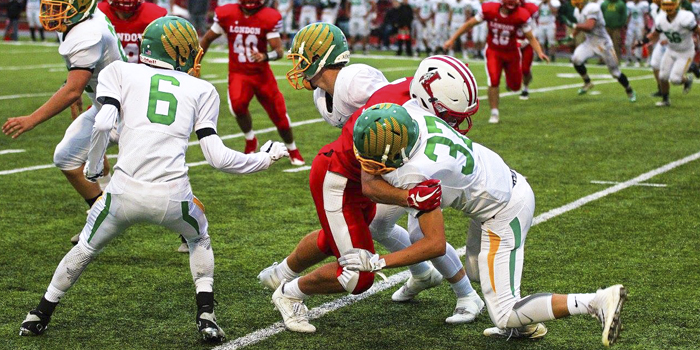
Images courtesy of Chris Whitacre, London Football Gridiron Club
This is the last article in this series. Up to this point, your athlete has followed the training guidelines outlined in the previous articles and is well-versed in the lessons included. Your athletes at this stage are now ready to compete. Our focus now is transitioning from practice and skill acquisition to using those skills in competition. This is the athlete group that most of us think of when it comes to training athletes. This is the stage that most coaches try to implement with athletes that aren’t yet old enough. I ask you to be patient in getting to this stage. Most athletes will get here, so don’t rush it. Being patient will only benefit the athlete. They will take everything they’ve learned and apply it at a higher level.
PART 1: Programming for Athletes — The Youth Athlete: Grades 1-3, Ages 6-9
Competition now becomes the focus for the athletes, with less focus on practicing fundamental skills and more focus on sport-specific skills. Practice and training should be intense. Athletes can now start to focus on one to two sports and begin to specialize in their sport of choice (not the coach or parent's sport of choice). During this stage we will teach our athletes, who should be proficient at performing basic skills, to perform those skills under competitive atmospheres in practice. Not only will our athletes be refining their execution of a skill but they will also now start to add their own style to how they execute that skill. This is usually based on their physiological make-up. Short and stout, full-of-testosterone athlete will execute a skill differently than a tall, skinny athlete. This is where, as sport coaches, we have to design different strategies in how we train them and utilize them for their sport. There will also be an increase in training that places more pressure and stress on the athletes due to the level of competition they encounter, so properly programmed recovery must be implemented.
We also need to look at focusing on developing these athletes as young adults, getting them ready for the world that awaits them after sports and competition. While competition is the main focus during this stage, we still need to avoid the attitude of winning at all costs. Our role as coaches during this stage continues to be extremely important. The athlete's values and ethics are starting to become more defined. Who they interact with on a daily basis will directly influence this. As a coach, you will end up spending a large amount of time with these athletes — more than any other adult figure. Athletes will look up to you for guidance and see you as a role model.
At the high school level, there are a lot of variables that will dictate how you program for your athletes. Access to equipment, scheduling, number of other sports played, club sport involvement, coaching, and other things all must be taken into account. These factors will dictate how you program for your athletes and will create the introduction of a multiyear plan that is reviewed, modified, and improved as time progresses. My biggest piece of advice for the high school strength coach is to build relationships with your sport coaches. Remember that they don’t know what they don’t know, and your job as a strength coach is to educate them. Don’t bad mouth them or get frustrated with them. Sit down and get in sync with them. By doing so you can both develop a yearlong plan and you can also help them organize practices and training outside of the weight room. It will be worth the time and effort.
PART 2: Programming for Athletes — The Youth Athlete: Grades 4-6, Ages 10-12
With our female athletes, we need to continue to emphasise the importance of strength training to avoid injury. We must educate them and have programs in place that get them comfortable in the weight room. It's also important to have a proper nutrition program to help female athletes understand the important role food plays in their athletic career. Look at getting together with a sports dietician to put something together that ensures that they are getting everything they need in regard to nutrition.
In the Weight Room
When it comes to training, I’ll typically break the athletes season up into blocks. Each block has a different emphasis that the young athletes need (strength, size, power). Blocks will typically be dictated by where the athletes are in regard to their sports season or where the athlete is in their sporting career. Kids will be all over the place. You will have your early bloomers mixed in with the late bloomers, with a side of on-time bloomers. This is a tricky stage to program for.
The following examples of training are just that: examples. There are multiple ways to approach this.
Hypertrophy Block
This is typically for high school freshmen and sophomores who are new to the weight room or need to put on some size. By utilizing volume accumulation and a volume-to-strength type periodization within a tier style model, the athletes get a full body workout every day. This exposes them to as many patterns as possible. This is a good time to start introducing your Olympic lifting progressions. I don’t recommend any max testing or velocity-based training. Having goals or criteria that your athletes must meet is a great approach, especially to qualify for your strength block.
Strength Block
This is reserved for those who meet the criteria from the hypertrophy block. I use a conjugate-based model. As you’ll see, I use max effort and repetition effort methods. I don’t venture into dynamic effort, as most kids aren’t ready for it. They will get enough dynamic effort work in their sprinting and jumping. My recommendation is to utilize a volume accumulation, volume-to-strength and a strength-to-power type periodization. Continue to utilize the Olympic lifts. We can now look max testing, but still no velocity-based training.
Power Block
This is reserved for those who meet the criteria from the strength block. I use a conjugate-based approach. This is where I will introduce and begin to use velocity-based training and the dynamic effort method, while using elements from triphasic training on my max effort days. This block includes programming for both strength-speed and speed-strength blocks. Olympic lifts are highly utilized in my programming here.
TRAINING METHODS AND TIMELINE PDF










